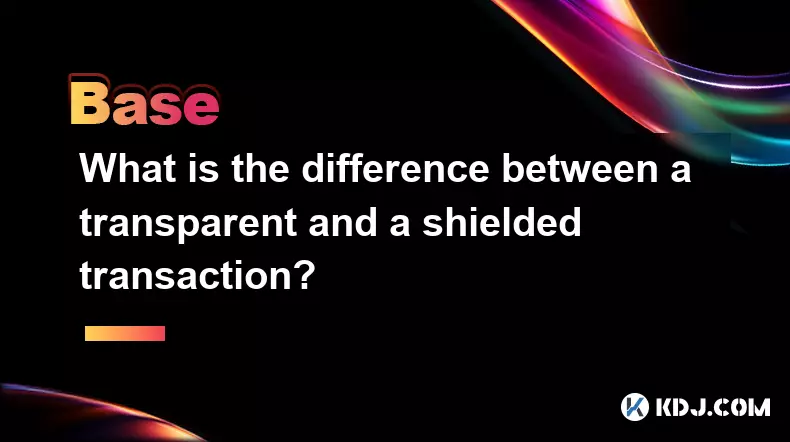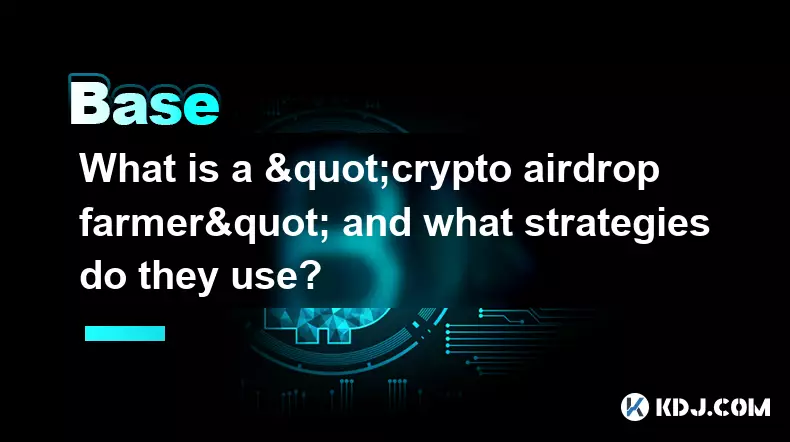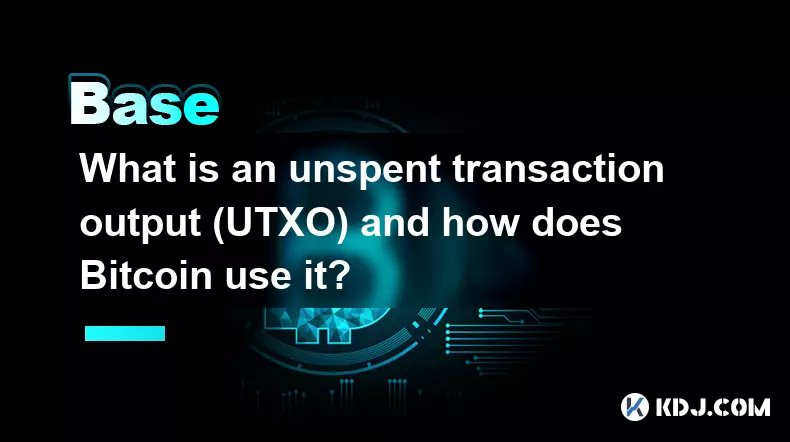-
 bitcoin
bitcoin $106680.127705 USD
0.67% -
 ethereum
ethereum $3615.722480 USD
-0.65% -
 tether
tether $0.999925 USD
-0.04% -
 xrp
xrp $2.550072 USD
5.91% -
 bnb
bnb $1002.572269 USD
-0.90% -
 solana
solana $168.746669 USD
1.08% -
 usd-coin
usd-coin $0.999832 USD
-0.03% -
 tron
tron $0.297244 USD
1.97% -
 dogecoin
dogecoin $0.182965 USD
0.71% -
 cardano
cardano $0.600432 USD
2.56% -
 hyperliquid
hyperliquid $41.439691 USD
-1.57% -
 chainlink
chainlink $16.548399 USD
2.40% -
 bitcoin-cash
bitcoin-cash $524.993680 USD
3.45% -
 stellar
stellar $0.302259 USD
4.10% -
 zcash
zcash $539.994871 USD
-16.31%
What is the CAP theorem?
Cryptocurrencies, distributed systems governed by the CAP theorem, must sacrifice either consistency, availability, or partition tolerance; choices impacting their security, speed, and resilience.
Mar 13, 2025 at 04:15 pm

- The CAP theorem, in the context of distributed databases (relevant to cryptocurrencies), states that a distributed data store can only provide two out of three guarantees: Consistency, Availability, and Partition tolerance.
- Cryptocurrencies, being distributed systems, must choose which two guarantees to prioritize based on their design goals.
- Different cryptocurrencies make different trade-offs, impacting their performance and resilience under stress.
- Understanding the CAP theorem helps in evaluating the strengths and weaknesses of various cryptocurrencies.
The CAP theorem, also known as Brewer's theorem, is a fundamental concept in distributed systems. It dictates that in a distributed data store, it's impossible to simultaneously provide all three of the following desirable properties: Consistency, Availability, and Partition tolerance. This is crucial for understanding the inherent trade-offs in designing cryptocurrency networks, which are fundamentally distributed systems.
Consistency: This means that all nodes in the network see the same data at the same time. If a write operation occurs, all nodes must reflect that change before any further operations are allowed. This ensures data integrity but can impact availability during network partitions.
Availability: This ensures that every request receives a response, even if that response isn't the most up-to-date data. Availability is crucial for a functional system, but it might compromise data consistency, particularly when dealing with network issues.
Partition tolerance: This is the ability of the system to continue operating even when parts of the network are unavailable or disconnected. In the context of cryptocurrencies, this is vital, as network partitions are a common occurrence. However, maintaining partition tolerance often requires compromises in consistency or availability.
CAP Theorem and Cryptocurrencies:Cryptocurrencies operate on distributed ledgers, making the CAP theorem highly relevant. Each cryptocurrency must choose which two of the three properties to prioritize. This choice significantly impacts the network's performance, security, and resilience.
Let's explore the common trade-offs:
- CA (Consistency and Availability): This approach prioritizes data integrity and responsiveness. However, it sacrifices partition tolerance, meaning the system might fail if a network partition occurs. This isn't practical for a truly decentralized cryptocurrency.
- CP (Consistency and Partition tolerance): This is a common choice for many cryptocurrencies. It prioritizes data integrity and the ability to function despite network partitions. However, it might sacrifice availability during periods of high network congestion or significant partitions. Transactions might be delayed or temporarily unavailable until the network stabilizes.
- AP (Availability and Partition tolerance): This approach prioritizes system responsiveness and resilience to network partitions. It may sacrifice consistency temporarily. This could mean that different nodes might show slightly different states for a short period until consensus is reached. This approach is often seen in systems that prioritize high throughput and quick transaction confirmation times, even if it means a minor delay in complete data consistency across the network.
Different cryptocurrencies utilize different consensus mechanisms, leading to varied approaches to the CAP theorem.
- Proof-of-Work (PoW) systems (like Bitcoin): These systems typically prioritize CP (Consistency and Partition tolerance). While transactions can be delayed during network congestion, the focus is on ensuring the finality and consistency of the blockchain.
- Proof-of-Stake (PoS) systems (like Cardano, Ethereum 2.0): PoS systems often aim for a balance between CP and AP. They strive for high availability while maintaining a high level of consistency through their consensus mechanisms.
- Other Consensus Mechanisms: Different consensus mechanisms, like Delegated Proof-of-Stake (DPoS) or Practical Byzantine Fault Tolerance (PBFT), offer various trade-offs between consistency, availability, and partition tolerance.
Let's imagine a simplified scenario with a CP system experiencing a network partition:
- Partition Occurs: A portion of the network becomes isolated from the rest.
- Nodes Operate Independently: Nodes in each partition continue processing transactions.
- Potential Inconsistency: Each partition might have a slightly different view of the blockchain.
- Partition Resolution: When the network reconnects, a reconciliation process occurs, resolving any inconsistencies and merging the different transaction histories.
The CAP theorem highlights the fundamental limitations of distributed systems. It's not a "problem" to be solved but rather a constraint that influences design choices. Cryptocurrency developers must carefully consider these trade-offs when designing their systems, balancing the need for security, scalability, and usability. The choice made impacts the overall user experience and the system's robustness.
Frequently Asked Questions:Q: Can a cryptocurrency system ever achieve all three guarantees (CAP)?A: No. The CAP theorem proves that it's impossible for a distributed system to simultaneously guarantee consistency, availability, and partition tolerance. At least one of these must be sacrificed.
Q: Which CAP trade-off is best for a cryptocurrency?A: There's no single "best" trade-off. The optimal choice depends on the specific design goals and priorities of the cryptocurrency. Some prioritize security and data integrity (CP), while others emphasize speed and responsiveness (AP).
Q: How does network congestion affect the CAP trade-offs?A: Network congestion can impact availability. In a CP system, congestion might lead to slower transaction confirmation times, while in an AP system, it might result in temporary inconsistencies as nodes struggle to reach consensus.
Q: What role does consensus mechanism play in the CAP theorem?A: The consensus mechanism determines how the network achieves consistency and handles partitions. Different mechanisms offer varying trade-offs between consistency, availability, and partition tolerance. The choice of mechanism directly impacts which two of the three CAP properties are prioritized.
Disclaimer:info@kdj.com
The information provided is not trading advice. kdj.com does not assume any responsibility for any investments made based on the information provided in this article. Cryptocurrencies are highly volatile and it is highly recommended that you invest with caution after thorough research!
If you believe that the content used on this website infringes your copyright, please contact us immediately (info@kdj.com) and we will delete it promptly.
- Obama, Honor Flight, and Veterans: A Heartfelt Tribute in DC
- 2025-11-12 07:05:02
- Curve Finance: Riding the DeFi Wave with Revenue and Volume Surges
- 2025-11-12 07:20:01
- Pudgy Penguins Price Prediction: Bullish Structure Emerges!
- 2025-11-12 07:20:01
- SEI Price Prediction: Reversal Target in Sight? What the Charts Say
- 2025-11-12 05:10:01
- BlockDAG, Mantle, and Tron: Charting the Course for Crypto Dominance in 2025
- 2025-11-12 05:20:01
- BlockDAG, Dev Incentives, and Crypto Investment: A 2025 Perspective
- 2025-11-12 05:35:01
Related knowledge

What is the difference between a transparent and a shielded transaction?
Nov 10,2025 at 05:59pm
Understanding Transparent Transactions in Cryptocurrency1. Transparent transactions are the standard form of transaction on most public blockchains li...

What is a "crypto airdrop farmer" and what strategies do they use?
Nov 09,2025 at 03:39pm
What Is a Crypto Airdrop Farmer?1. A crypto airdrop farmer is an individual who actively participates in blockchain projects to qualify for free token...

What is an unspent transaction output (UTXO) and how does Bitcoin use it?
Nov 12,2025 at 01:40am
Understanding the Concept of Unspent Transaction Output (UTXO)1. An Unspent Transaction Output, commonly referred to as UTXO, is a fundamental compone...

How does a crypto insurance protocol work?
Nov 08,2025 at 12:39am
Understanding Crypto Insurance Protocols1. A crypto insurance protocol operates by offering financial protection against losses incurred from digital ...

What is token composability and why is it called "DeFi Legos"?
Nov 09,2025 at 06:39am
Bitcoin's Role in Decentralized Finance1. Bitcoin remains the cornerstone of decentralized finance, serving as a benchmark for value and trustlessness...

What is an "exploit" versus a "hack" in the context of smart contracts?
Nov 09,2025 at 12:40am
Understanding Exploits in Smart Contracts1. An exploit refers to the utilization of a known vulnerability within a smart contract’s code to gain unint...

What is the difference between a transparent and a shielded transaction?
Nov 10,2025 at 05:59pm
Understanding Transparent Transactions in Cryptocurrency1. Transparent transactions are the standard form of transaction on most public blockchains li...

What is a "crypto airdrop farmer" and what strategies do they use?
Nov 09,2025 at 03:39pm
What Is a Crypto Airdrop Farmer?1. A crypto airdrop farmer is an individual who actively participates in blockchain projects to qualify for free token...

What is an unspent transaction output (UTXO) and how does Bitcoin use it?
Nov 12,2025 at 01:40am
Understanding the Concept of Unspent Transaction Output (UTXO)1. An Unspent Transaction Output, commonly referred to as UTXO, is a fundamental compone...

How does a crypto insurance protocol work?
Nov 08,2025 at 12:39am
Understanding Crypto Insurance Protocols1. A crypto insurance protocol operates by offering financial protection against losses incurred from digital ...

What is token composability and why is it called "DeFi Legos"?
Nov 09,2025 at 06:39am
Bitcoin's Role in Decentralized Finance1. Bitcoin remains the cornerstone of decentralized finance, serving as a benchmark for value and trustlessness...

What is an "exploit" versus a "hack" in the context of smart contracts?
Nov 09,2025 at 12:40am
Understanding Exploits in Smart Contracts1. An exploit refers to the utilization of a known vulnerability within a smart contract’s code to gain unint...
See all articles









































































